Editorials
The 10 Best Horror Movies Released in the First Half of 2024

The halfway point of 2024 is already here, and what a strange year it’s been so far. In terms of box office, the genre’s gotten off to a sluggish start compared to previous years, save for a surprise international hit that’s taken Asian markets by storm. It’s also been a big year for twin films, with dual spider flicks Sting and Infested unleashing arachnophobic terror, followed by the dueling nun horror movies Immaculate and The First Omen. Speaking of the latter, horror prequels – including A Quiet Place: Day One – have offered some of the year’s biggest horror surprises so far, along with buzzy indie darlings like Late Night with the Devil and In a Violent Nature.
This summer’s only getting warmed up for horror releases, with some of the year’s most anticipated titles on the immediate horizon. MaXXXine and Longlegs are just around the corner, with Fede Alvarez’s Alien: Romulus soon to follow. Here’s hoping that means horror is only gaining momentum for the back half of 2024.
As a refresher and to ensure great movies don’t fall through the cracks, here are the ten best horror movies released in the first half of 2024.
Abigail

“Sammy, those are f*cking onions.” It’s the cast and their memorable characters that set this heist-turned-vampire movie apart, making for one highly entertaining horror-comedy with no shortage of comedic one-liners, character gags, and buckets of blood. Abigail just wants you to have a good time seeing its unlucky criminals in over their heads in increasingly deranged and violent ways. With an insane commitment to arterial spray, Abigail winds up another crowd-pleaser from Matt Bettinelli-Olpin and Tyler Gillett. Come for the gore, but be prepared to fall head over heels for an ensemble filled with scene-stealers. It’s a blast.
What You Wish For
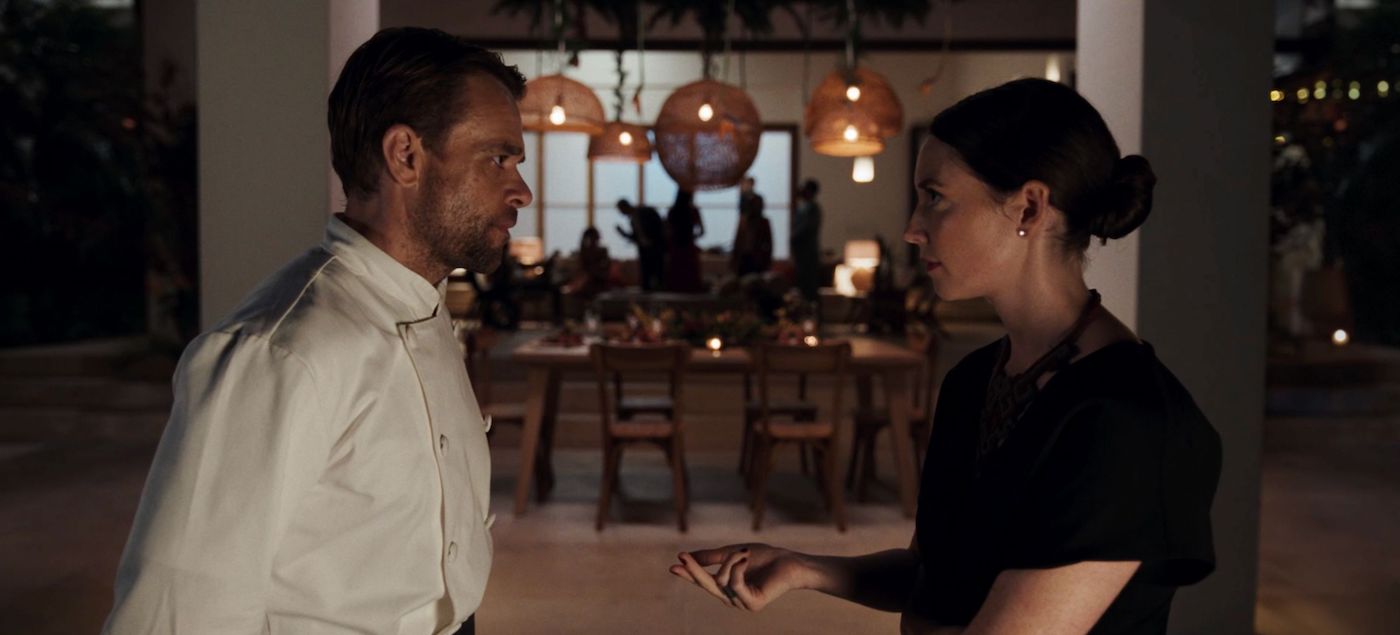
Writer/Director Nicholas Tomnay concocts an intense, darkly funny pressure cooker scenario for a chef in over his head. Nick Stahl stars as the weary hotel kitchen cook who finds himself thinking on his feet as he’s repeatedly forced into unthinkable scenarios. It’s a culinary thriller with a distinct horror bent, the reveal of which can likely be surmised, but I won’t spoil it here. Tomnay keeps the pressure applied at a steady clip, building the tension to occasion nerve-fraying results. Stahl’s understated performance lends well to Tomnay’s pitch-black humor and Hitchcockian approach, creating an enticing, elegant dinner party turned horrifically and comically awry in suspenseful ways.
The Devil’s Bath

The latest from Austrian filmmakers Veronika Franz and Severin Fiala happens to be their most despairing yet, mining period horror from history. It’s an affecting yet grueling depiction of life in 18th-century Austria, immersive in the way it creates profound, methodical empathy for a tender-hearted woman trapped by isolation. That the horror stems from grim reality and historical accounts leaves no room for levity or escapism; it’s two hours of escalating suffering, building toward a horrific finale that packs a potent, somber punch. The Devil’s Bath saturates itself so thoroughly in misery and psychological distress that it’s difficult not to be affected by Agnes’ plight. It’s a gorgeously made film, shot on 35mm, with an impressive lead performance from Anja Plaschg. But it’s such an emotional gauntlet that it’s one that you won’t want to revisit anytime soon.
A Quiet Place: Day One

It’s difficult not to draw parallels to 9/11 in writer/director Michael Sarnoski’s soulful A Quiet Place: Day One. A mundane day in New York City gets shattered by a sudden invasion that leaves the city destroyed with a devastating death toll, but Sarnoski is more interested in exploring the human triumphs that rise in the face of brutal adversity. Sarnoski delivers plenty of creature feature intensity and breathless suspense, but it’s used more as a backdrop for a deeply affecting drama of human connection and compassion. Day One doesn’t bother to explain anything in the way of the alien invasion, and it doesn’t need to. What’s important is the small details and nuance of its characters, and Day One is rich on both fronts. It’s deeper, more meditative, and more effective than its predecessors, led by powerhouse performances from Lupita Nyong’o and Joseph Quinn.
Infested

Director Sébastien Vaniček has been set to helm the next Evil Dead movie, and it’s easy to see why with his feature debut. It’s not just that Infested employs real spiders for many of the skin-crawling horror moments that make it so effective, though that certainly is a factor. Or in the way the spiders’ venom inflicts a painful, grotesque demise. It’s in the constant escalation of the horror and the way Vaniček captures the arachnids on screen. It’s also in the lived-in world and its characters, earning easy emotional investment and rooting interest. That authenticity, the high octane energy, and the constant rise and fall of palpable tension as the spiders skitter about and wreak devastation are enough to leave viewers curling into the fetal position.
Stopmotion

Art and storytelling collide in breathtaking yet revolting fashion in the feature directorial debut by BAFTA-nominated filmmaker/animator Robert Morgan. The filmmaker and stop-motion animator finds inventive and creative ways to mine visceral horror through the uncanny, unsettling nature of stop-motion animation and its painstaking process. The film’s deft blending of mediums is utterly captivating, including the way the filmmaker imbues his stop-motion creations with a tactile quality. It’s not just the animation that stuns while simultaneously inducing revulsion but the unnerving sound design. Open wounds and puppets alike often come with discomforting, squelching sounds and wet noises that ensure an immersive experience. An artist’s unraveling isn’t new, but Morgan’s approach is refreshing, stylish, and oh-so squelchy.
The Coffee Table
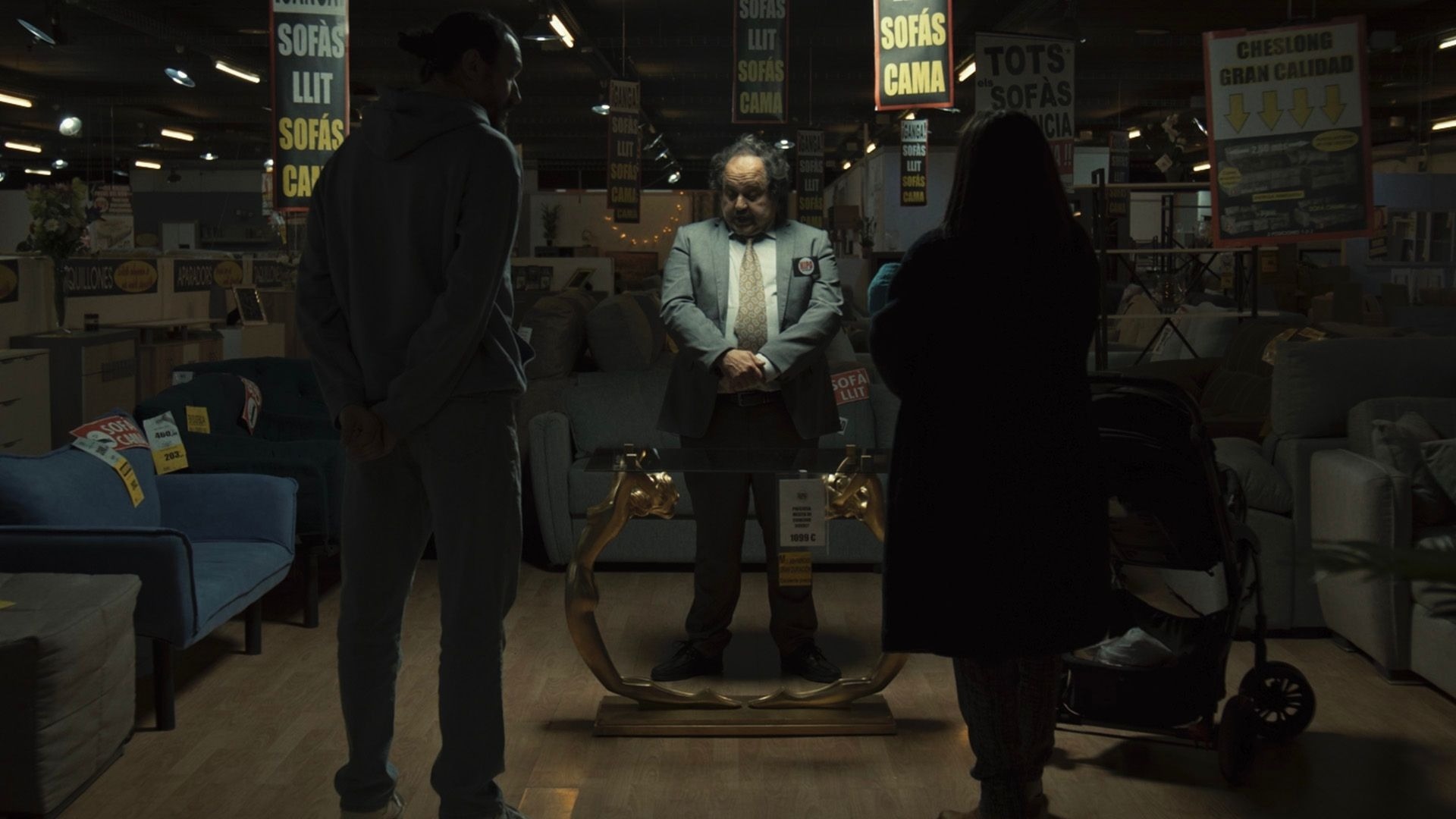
Horror fans looking to test their mettle should take note of director Caye Casas’s grim shocker, one so dark that it should likely come with a trigger warning. A jaw-dropping inciting event transforms the film into a relentless pressure cooker that never eases up for a minute. One that Casas intercuts with pitch-black humor that only heightens the macabre madness. The filmmaker mines horror from a freak tragedy to a degree that often leaves you torn between laughter and edge-of-your-seat suspense. But more impressive is the way that Casas fearlessly shatters at least one sacred cinematic taboo for a twisted laugh. It’s audacious in plot but even more impressive for the way it shreds your nerves with glee.
I Saw the TV Glow
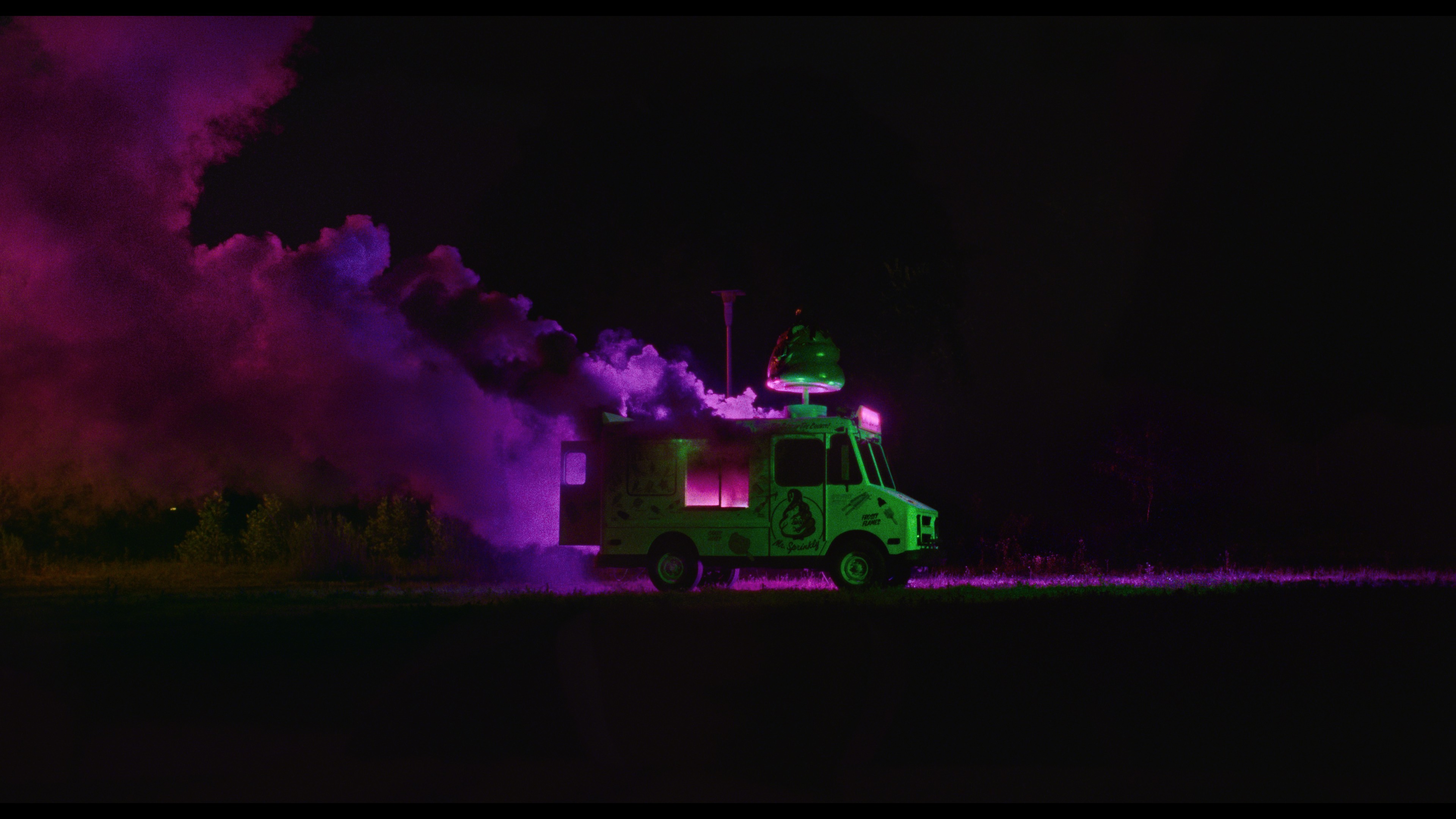
Writer/Director Jane Schoenbrun delivers a singular vision of arthouse horror that entrances with its fevered dream style and insanely cool imagery. Armed with a bigger A24 budget allows the filmmaker to get even more personal while evolving their voice and visual style to an intoxicating degree. It not only creates a specificity for Schoenbrun’s deeply personal examination but a relatable touchstone of youth– a period where we often form our identities based on our pop culture obsessions and cling to them like lifeboats in tempestuous waters. I Saw the TV Glow offers a layered and authentic portrait of identity and dysphoria, wrapped in ’90s nostalgia and surreal imagery that embeds itself deep into your psyche. More than just an assured piece of arthouse horror surrealism, it’s a stunning and bittersweet reminder that you’re not alone, fictional friends or otherwise.
Exhuma
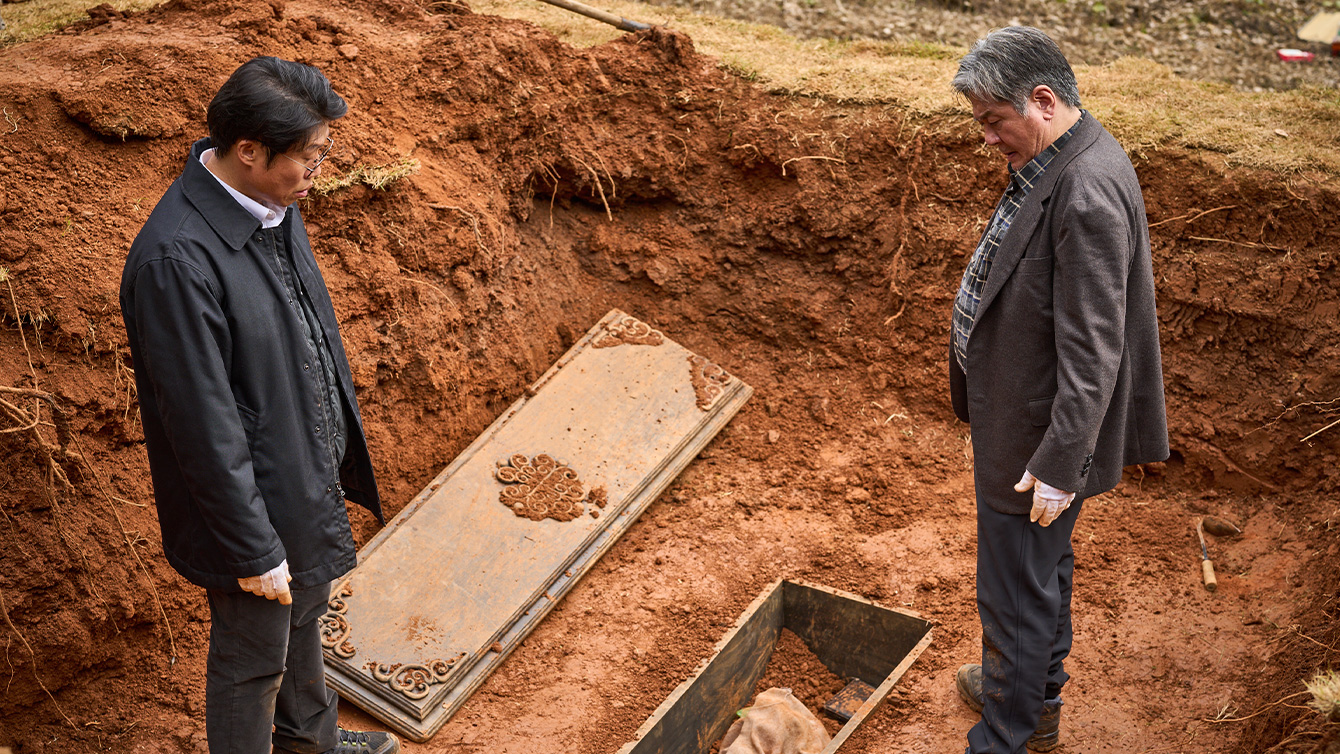
Writer/Director Jae-hyun Jang (Svaha: The Sixth Finger, The Priests) combines introspective cultural and historical themes with creepy, gory, and atmospheric horror thrills in an exciting way, making it easy to see why it’s become a runaway box office hit in Asia. Anchored by four “ghostbusters“ of sorts, with charismatic actors behind them, Exhuma uses a cursed grave to unleash supernatural terror and a potent folkloric examination of the dark history between Japan and Korea. The narrative structure highlights the stark contrast between cultures, modern society, and ancient customs without sacrificing the genre’s fun or scares in the process. Jae-hyun Jang balances grim, sometimes bloody folkloric terror with levity and heart. Exhuma offers just about everything, including possession, ghost-induced scares, and a physical manifestation of past historical trauma in the most gonzo way. It’s one of the year’s biggest surprises in horror.
The First Omen
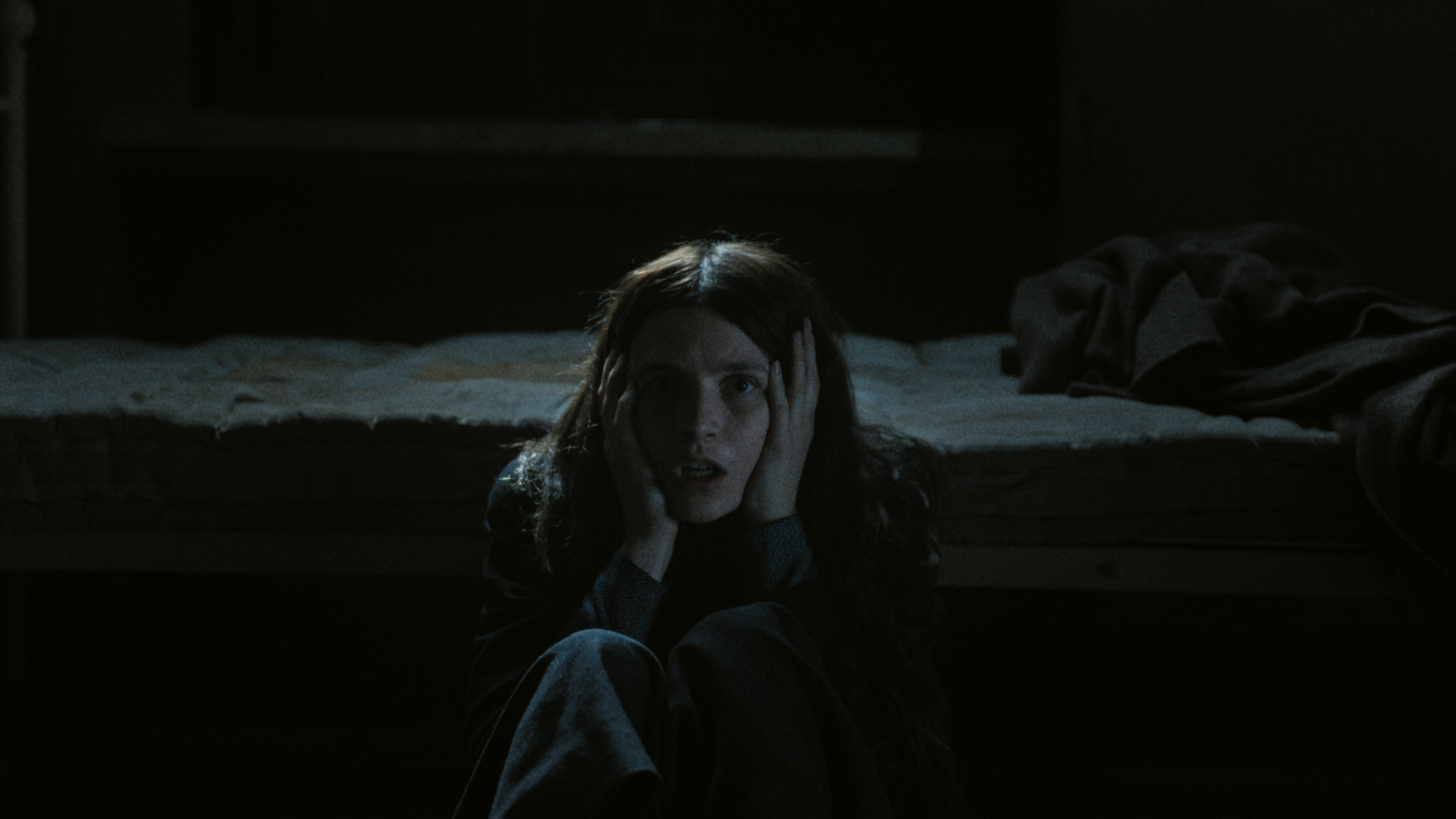
Director Arkasha Stevenson doesn’t just helm a prequel worthy of Richard Donner’s 1976 horror classic but establishes herself as a bold new voice in horror with this stunning feature debut. The subject matter is dark, but it’s handled with elegance and care without sacrificing the horror. It’s helped by chill-inducing imagery and smart horror influences, including Jacob’s Ladder and Possession. Stevenson helms with confidence, delivering an exquisitely crafted piece of horror that lends a tactile quality and atmosphere with a piercing score from Mark Korven that also serves a narrative purpose. The film’s strongest asset, of course, is star Nell Tiger Free, who fully commits to every stage of her character’s evolution, turning in a breathless physical performance that stuns on more than one occasion.

Editorials
Looking Back on the Stop-Motion Nightmare of 1986’s ‘The Pied Piper’

Genre classifications tend to fall apart the further we look back in time. That’s why nearly all the original versions of classic fairy tales contain at least one bizarrely horrific element or another. From the Evil Queen’s cannibalistic intentions in Snow White to the Big Bad Wolf successfully devouring both granny and Little Red Riding Hood, even the most innocent stories featured a twinge of terror back when they were first created. However, there is one fairy tale that remains surprisingly dark even in its current iteration, and that would be the chronicle of The Pied Piper of Hamelin.
A simple yet memorable yarn about a pipe-playing stranger who takes revenge on the populace of medieval Hamelin once they fail to pay him for eliminating their rat problem, the story of the Pied Piper has influenced countless other works of art (even popping up as a recurring influence on the Slenderman mythos). That’s why I find it so surprising that there’s no definitive big-screen adaptation of the iconic story – unless you count stop-motion animation.
Enter Czech filmmaker Jiří Barta, a pioneer stop-motion animator working for Kratky Film in the early ’80s. Having already made a name for himself by contributing to a myriad of televised short films aimed at children, Barta and the humble studio wanted to branch out and create a large-scale project meant for older audiences. After some discussion, the director settled on a bold retelling of the Piped Piper, wanting to present the story in a way that would stay true to its Germanic roots while also taking inspiration from Viktor Dyk’s 1911 reinterpretation of the tale, Krysař (Rat-Catcher in Czech).
And so production began on a one-of-a-kind animated spectacle that would incorporate German expressionism and medieval artwork into its visual design. Over the course of a year, Kratky’s artists produced meticulously crafted puppets and locations meant to evoke wood carvings – as well as a rat infestation brought to life through taxidermized skins and the occasional use of live-action photography.
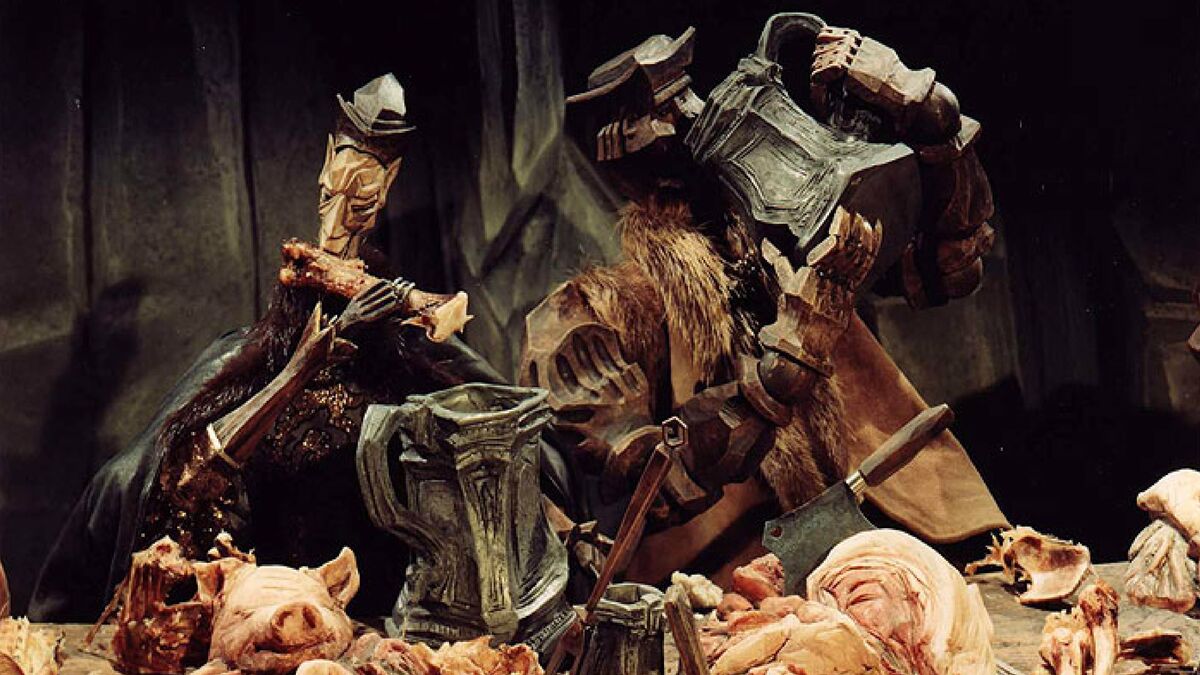
Not very appetizing.
In the finished film (which doesn’t require subtitles since the characters all speak in a fictional German dialect that we aren’t meant to understand), we follow the downfall of Hamelin as the wealthy townsfolk become corrupt in their miserly ways, with the bustling city eventually attracting a vicious swarm of rats. It’s only then that a pipe-playing stranger comes to town and is promptly hired to take care of the problem. Naturally, the Piper is soon betrayed, leading to a horrific comeuppance as the town faces the consequences of extreme avarice.
In 1986, Krysař (retitled to The Pied Piper in North America) would premiere to rave reviews, though this success remained mostly limited to the festival circuit and Eastern European theaters. It would actually take decades for the film to reach home video in America, with most Western cinephiles only coming across this landmark stop-motion fable through bootleg copies and international DVDs aided by the film’s lack of intelligible dialogue.
This aura of mystery may be partly responsible for the film’s enduring legacy as an obscure cult movie, with fans considering it one of the greatest hidden gems of all time, but it’s The Pied Piper’s exceedingly dark tone and imagery that really cemented its place as a classic.
While the general plot was faithfully recreated from familiar versions of the story, which is already one of the darkest fairy tales in existence (possibly due to its origins as an allegedly true horror story), it’s the flick’s deviations from its folkloric source material and the clear preference for Dyk’s bleak retelling that make it such a memorable experience.
For starters, the animated visuals actively enhance the story’s surreal undertones, making a serious experience that much more unsettling due to its whimsical presentation. Horrific moments like the murder and implied sexual assault of a sympathetic main character become downright disturbing when told through the eyes of wooden puppets, and the clockwork-inspired movements of the city folk reveal sinister implications about the inner workings of an oppressive metropolis.
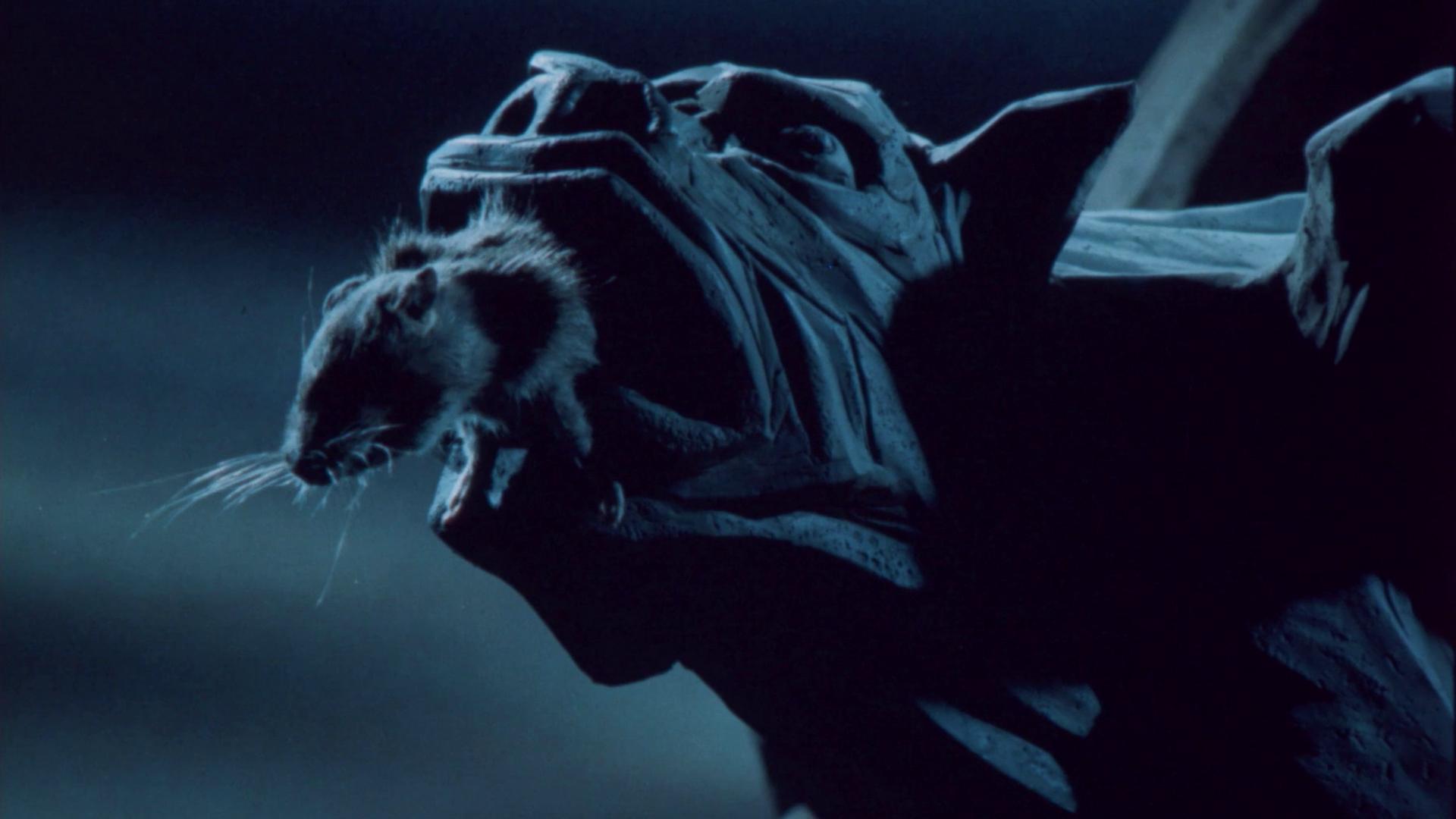
“Them filthy rodents are still coming for your souls!”
The rat plague itself is also incredibly unnerving, with the rodents’ organic design intentionally clashing with the mechanical feel of the rest of the film. The director originally intended for the vermin to feel more alive and sympathetic than the jaded inhabitants of Hamelin, but the use of real rat taxidermy also adds an additional layer of uncanny terror to the mix as the furry plague invades a mostly sterile production.
Of course, the scariest addition to Barta’s The Pied Piper comes from its grisly ending, which ditches the traditional climax of having the Piper kidnapping the local children and instead goes down an unexpected route of city-wide body-horror. I won’t spoil the details for those who still haven’t seen this wood-carved masterpiece, but suffice to say that the finale will stay with you long after the credits roll.
Like the legend that inspired it, The Pied Piper is much more than just a horror story. It’s an anthropological cautionary tale. It’s also a tragic love story, as well as a cathartic revenge yarn. But regardless of how you interpret it, it’s the overall brutality of Krysař that makes it so unique. That’s why I’m glad that the folks over at Deaf Crocodile have finally given the film the remastered Blu-ray release that it desperately needed.
And in a world where adult-oriented animation is finally getting the attention it deserves, with filmmakers like Guillermo del Toro championing the cinematic format as a medium rather than a genre, I think it’s worth looking back on Barta’s magnum opus as a poignant reminder that nightmares are not limited to live-action.


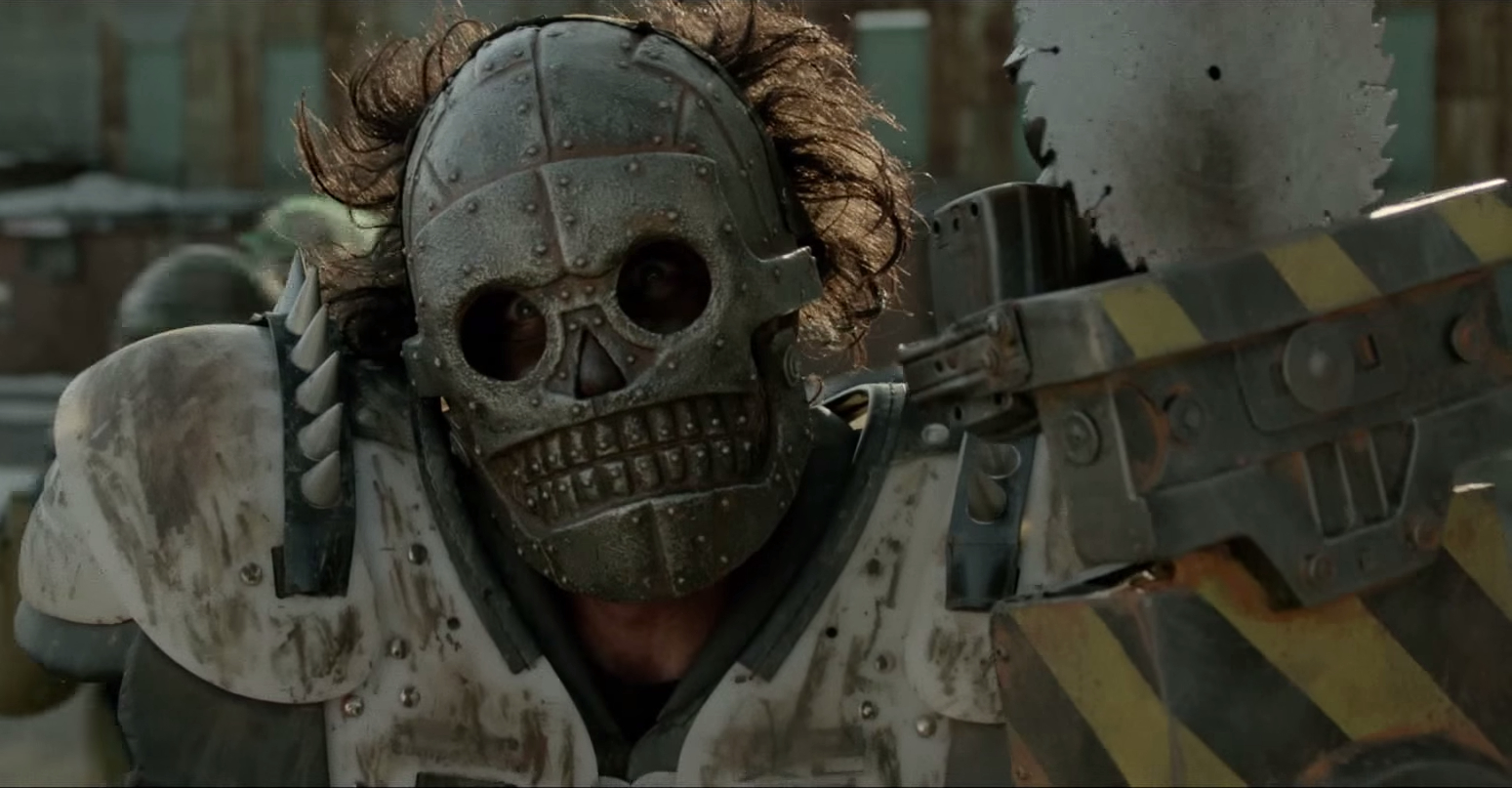


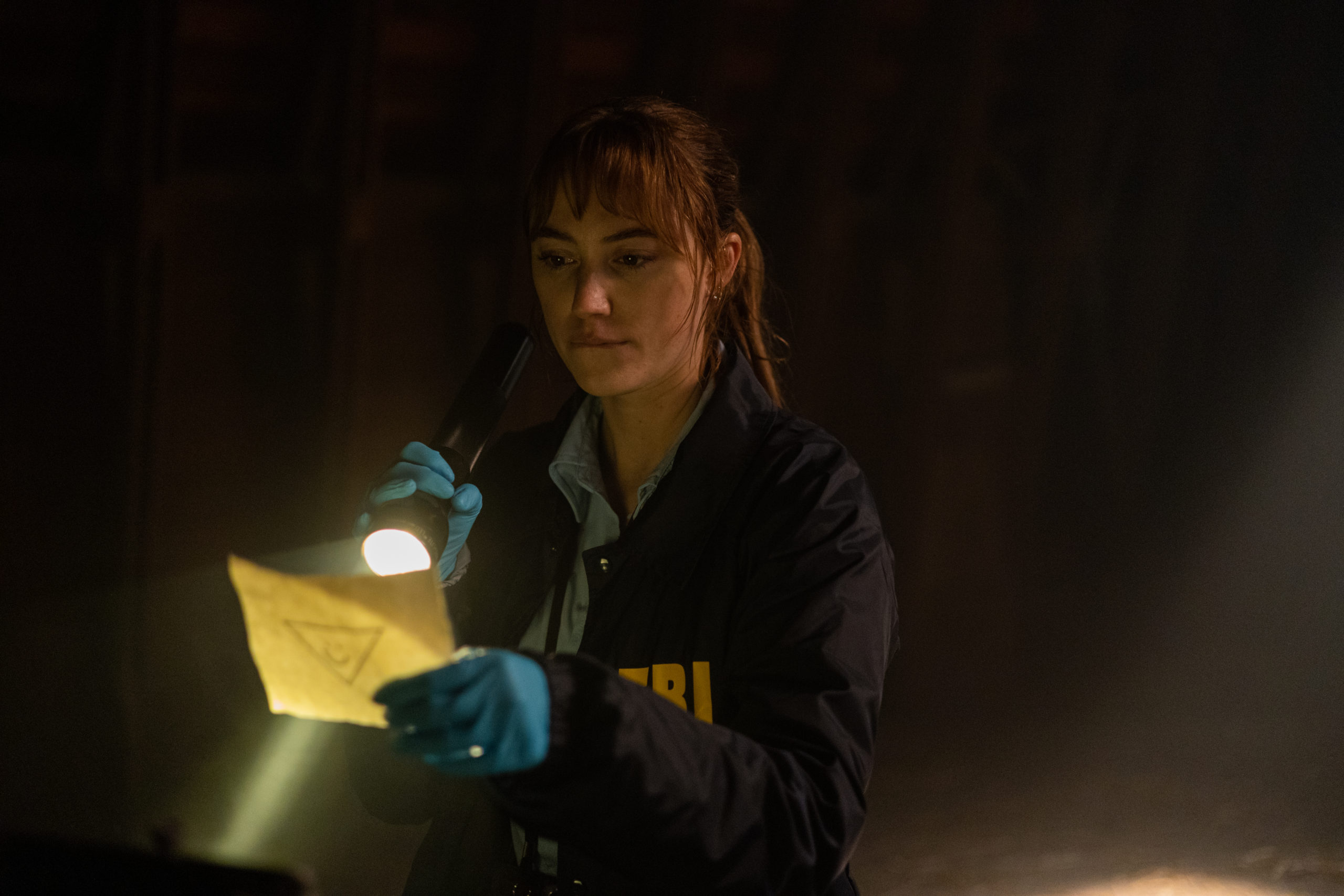






You must be logged in to post a comment.